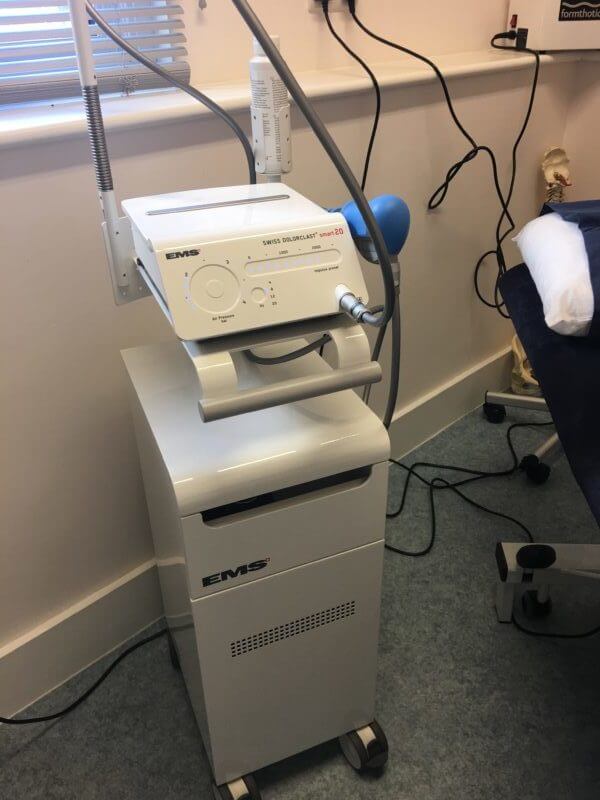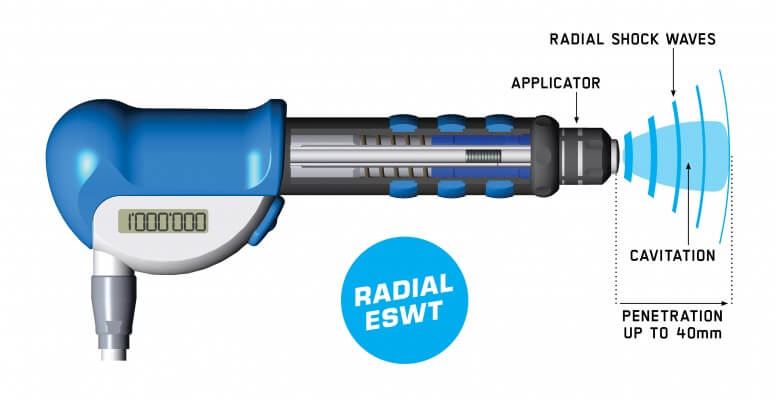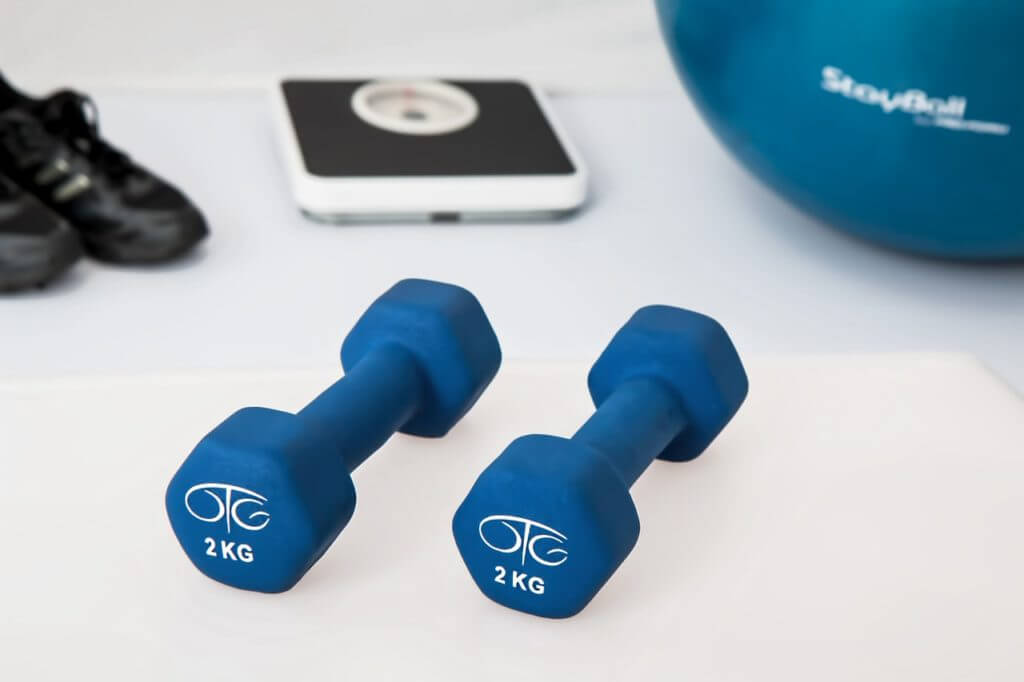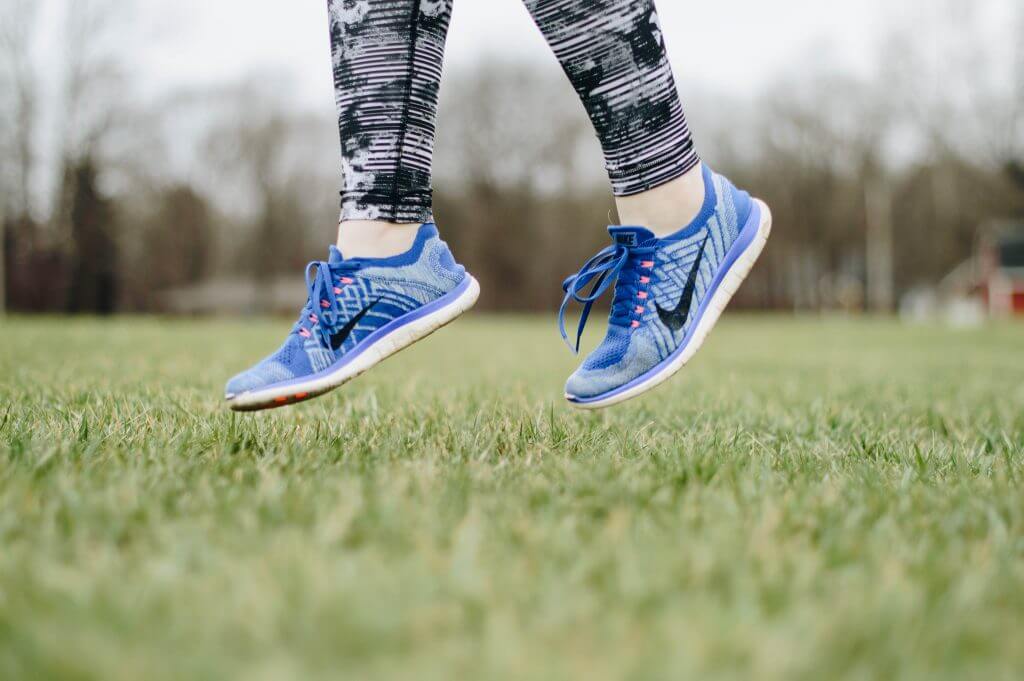Shockwave Therapy – How it can fix your foot pain fast
What is extracorporeal shockwave therapy?
Are you suffering from heel pain or Achilles tendon pain that simply won't go away or keeps coming back? Maybe you have tried everything and have given up hope?
Extracorporeal Shockwave Therapy (ESWT) is a highly effective treatment for stubborn muscle and tendon injuries where other treatments have failed. It works by directing a series of high-energy 'shockwave' impulses to the affected area of an injured muscle or tendon using a specialized piece of equipment.

How does it work?
1) The treatment produces an inflammatory response around the injured area. The body responds by increasing metabolic activity around the site of pain. This stimulates and accelerates the healing process.
2) Shockwave breaks down scar tissue and calcification at the injury site improving function.
3) Transmission of pain is blocked by elimination of substance P, which is an important natural element in transmission of pain signals. This effectively relieves pain over the course of treatment.

What are the benefits of Shockwave?
Shockwave therapy stimulates the body's natural healing process. There is usually an immediate reduction of pain and improved ease of movement. Secondary effects are minor. Shockwave therapy may also reduce the need for surgery in some cases. There is growing evidence of its effectiveness in accelerating healing and pain relief in the treatment of stubborn muscle and tendon injuries.

How long does the treatment last?
The shockwave treatment itself lasts approximately 5 minutes but is usually combined with other therapies such as strength and flexibility exercises to enhance the effect.
How many treatments will I need?
In most cases three treatments at weekly intervals are sufficient; however, we may suggest additional treatments depending on the circumstances.
Does the treatment hurt?
You may feel some temporary discomfort or pain during the treatment but this usually subsides as the treatment goes on. If you cannot tolerate this the settings can be adjusted to reduced discomfort. The actual treatment time is quite short and most people find they are able to tolerate the discomfort as they feel so much better afterwards.

How will I feel after the treatment?
Generally, there will be immediate pain relief, but there may be some discomfort experienced for a while afterwards depending on the area treated.
What should I do if I am in pain after the treatment?
The shockwave will trigger an inflammatory response which facilitates healing, for this reason, do not use anti-inflammatory medications or ice packs as we don't want to interfere with the body's natural healing response. Heat packs applied for up to 5 minutes on the area may be helpful. The pain should subside within 24 hours. You can take Paracetamol as needed if you are able to take this medication.
Can I exercise after the treatment?
Even though it usually feels good after the treatment, we would advise you to take it easy and rest from intensive exercise for a few days to promote recovery.

What if it doesn't work for me?
Although the immediate to short-term effects alone are excellent, the long-term effects of shockwave therapy can take a few months to show full benefits. If you still have problems let us know as additional treatments may be required or an alternative treatment approach may be necessary.
Will I need anything else apart from Shockwave to get better?
Shockwave therapy works best as part of a comprehensive rehabilitation program including support, strength and conditioning of the injured area. We will discuss this with you at your appointment.

Shockwave is one of the most significant innovations in sports injury rehabilitation for years, and we are delighted to be able to offer this revolutionary treatment to our clients.

Want to find out more? Book a consultation with us now to start your journey away from debilitating foot pain and back to activity.